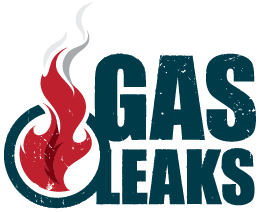The fossil fuel industry doesn’t just drill for “natural” gas in remote areas, away from people. Nationwide, nearly 18 million Americans live near oil and gas extraction sites and deal with air pollution that increases the risk of premature birth, asthma and cancers like leukemia.

Children in those communities can’t even avoid that pollution while at school. According to a 2019 analysis from Newsy, more than 600 K-12 schools across the country, serving nearly a quarter million US children, are near an active oil and gas well. Our continued use of fossil fuels like methane gas increases the chances that these kids will face a lifetime of health problems.
Newsy found that Ohio, West Virginia, Texas, Louisiana and Pennsylvania — all regions with a lot of oil and gas drilling — were the states with the highest numbers of schools at risk.
While gas is used all around the country, the pollution from its extraction isn’t evenly distributed, and often breaks down on racial lines. Earlier this year, researchers at UC Berkeley and Columbia University found that Black, Latino and immigrant communities were much more likely to include oil and gas wells than white communities, due in large part to historic housing discrimination.
Researchers found that maps of oil and gas wells were strongly correlated with “redlining” maps — used by the federal government in the 1930s to funnel credit and home loans to white residents and away from communities of color, who were forced to find housing in neighborhoods with more pollution. Neighborhoods with the lowest grades on the maps now have twice as many oil and gas wells than majority white neighborhoods, according to study.
Recognizing these disparities and the threat of locating children near oil and gas extraction, many states are tightening regulations requiring a larger buffer between wells and schools:
- Earlier this year, California passed a law requiring a 3,200 foot buffer between new oil and gas wells and schools. The fossil fuel industry is currently trying to overturn this law through a ballot measure.
- Colorado’s Oil and Gas Conservation Commission passed a rule requiring a 1,000 foot buffer between new wells and schools and 2,000 feet from homes.
- Pennsylvania passed a law in 2012 requiring new wells be 500 feet from existing homes, but loopholes in the law have allowed hundreds of wells to be built within the setback zone.
The ongoing health impacts and environmental injustice of oil and gas drilling are yet another reason to ditch gas — along with the air pollution in our kitchens, the constant risk of explosions, the impact to the climate crisis and the skyrocketing rising costs. Our kids deserve the clean air, stable climate and healthy future that only clean electricity can provide.

